Optimal Timing for Concrete Steps Repairs
Determining the optimal time for concrete steps repairs depends on climatic conditions and seasonal factors. Repairing during favorable weather ensures proper curing and adhesion, reducing the risk of future damage. Typically, mild temperatures with low humidity are ideal, as extreme cold or heat can hinder the curing process and compromise the durability of repairs.
Spring offers moderate temperatures and increasing daylight, making it suitable for concrete repairs. Avoid early spring when temperatures are still fluctuating to prevent freeze-thaw damage.
Summer provides warm, stable weather conducive to curing. Ensure repairs are scheduled during cooler parts of the day to prevent rapid drying or cracking.
Fall offers cooler temperatures and less rainfall, which help in proper curing. Avoid late fall when temperatures drop below freezing at night.
Winter is generally unsuitable for concrete repairs due to low temperatures and freeze-thaw cycles that can cause cracks and weaken repairs.
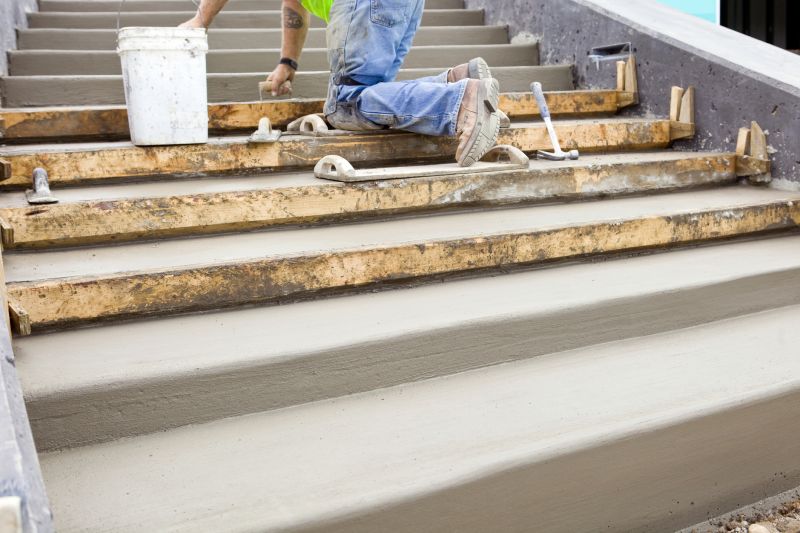
Image depicting the preparation and repair stages of concrete steps.

Image illustrating ideal weather conditions for repairs in different seasons.
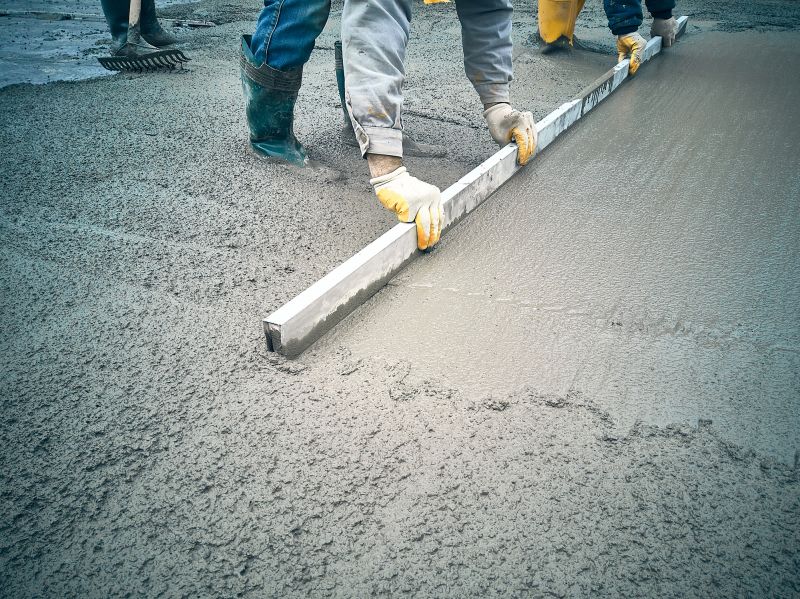
Image showing essential tools used in concrete steps repairs.

Ways to make Concrete Steps Repairs work in tight or awkward layouts.
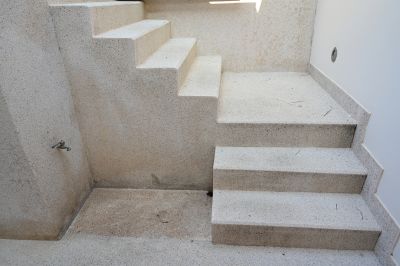
Popular materials for Concrete Steps Repairs and why they hold up over time.
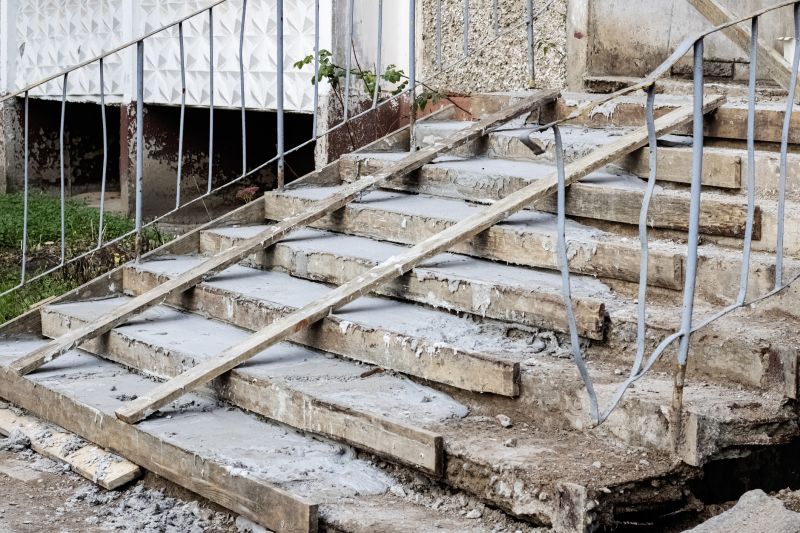
Simple add-ons that improve Concrete Steps Repairs without blowing the budget.
Concrete steps repairs are essential for maintaining safety, functionality, and aesthetic appeal. Proper timing ensures the longevity of repairs, preventing future issues such as cracking, spalling, or uneven surfaces. Weather conditions greatly influence the success of repair projects; thus, scheduling during suitable seasons minimizes risks associated with moisture intrusion, temperature fluctuations, and improper curing.
| Season | Ideal Conditions |
|---|---|
| Spring | Moderate temperatures, low humidity, minimal frost risk |
| Summer | Warm temperatures, dry weather, early morning or late afternoon repairs |
| Fall | Cool temperatures, dry conditions, no frost |
| Winter | Cold temperatures, high risk of freeze-thaw damage |

Close-up image of damaged concrete steps showing cracks.
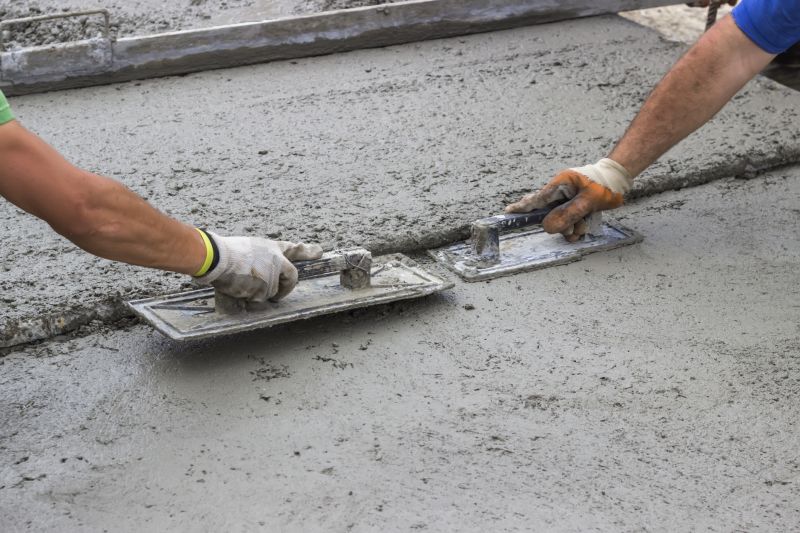
Image of workers applying patching material to concrete steps.
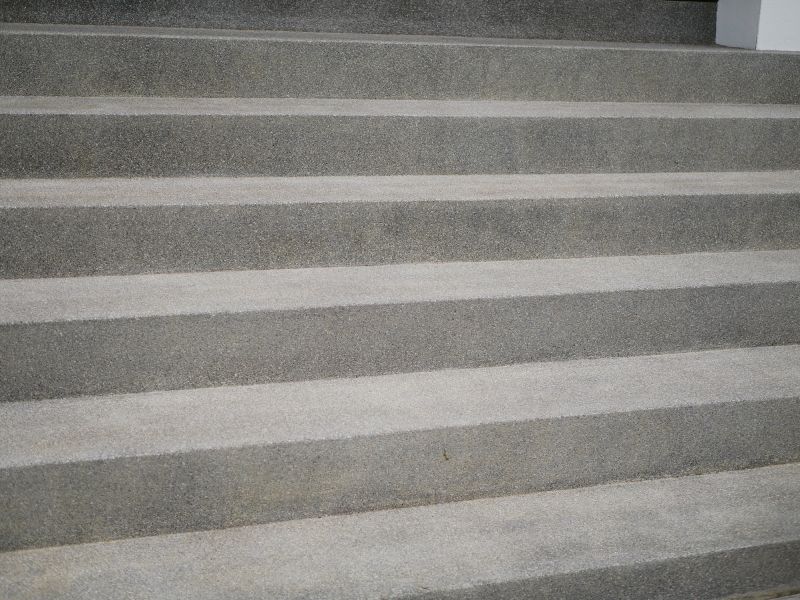
Photo of completed concrete steps with smooth surface.
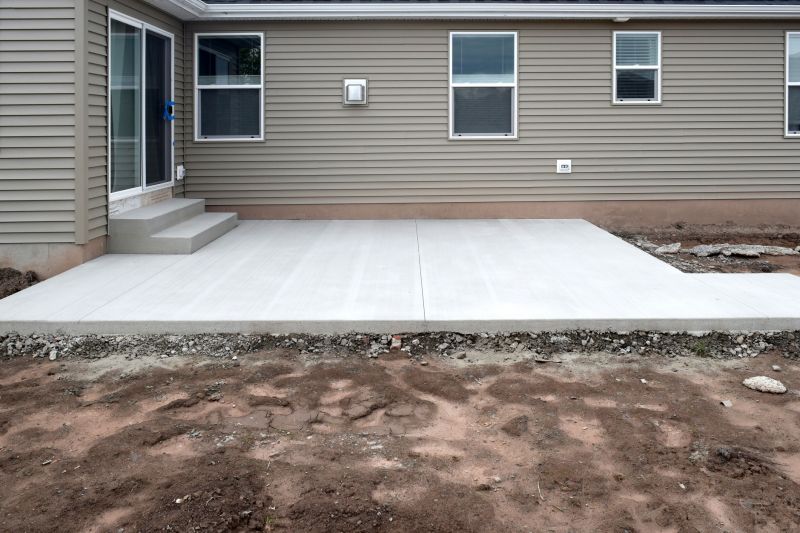
Diagram illustrating optimal repair windows for each season.
Scheduling concrete steps repairs during the appropriate season enhances durability and minimizes the need for future repairs. Proper preparation, including cleaning and surface preparation, is crucial regardless of timing. For best results, consult with professionals to determine the most suitable time based on local climate conditions and project scope.
Interested in concrete steps repairs? Filling out the contact form provides a way to receive detailed information and assistance tailored to specific needs. Proper timing combined with expert guidance ensures long-lasting, safe, and visually appealing results.



